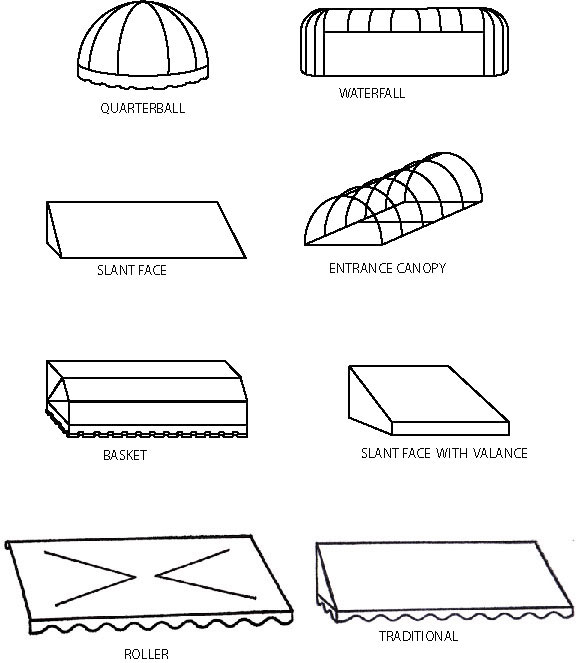Schwarz
View current page
...more recent posts

thanks tom
A7 NYHC reunion
The Peerless Tool Chest of H. O. Studley
thanks justin / more from wikipedia
The origin of the surf t-shirt, or "surfer t-shirt" if you prefer, can be traced back to Europe in the early 20th century. During World War I, U.S. soldiers noticed that European troops were wearing comfortable, lightweight cotton undershirts in the hot summer months. It didn't take long for the Americans--who were wearing heavy wool uniforms--to catch on. Because of the simple shape that resembles the letter "T", these undershirts soon became known to Americans as "t-shirts".surf links
At about this time surfing was enjoying its first renaissance in Hawaii. Surfing had been popular with Hawaiian natives until missionaries showed up in the mid-19th century. They disapproved of surfing and consequently, most natives had given it up by 1890. But thanks to guys like Duke Kahanamoku and other early surfers like George Freeth, the sport was re-born. We all know Duke as the father of modern surfing, and Freeth is credited with introducing the sport to Southern California in 1907
But the t-shirt was still considered underwear, and it took such Hollywood notables as James Dean, John Wayne and Marlon Brando to help change that. In 1951, Brando shocked moviegoers when his t-shirt was ripped off his chest in A Streetcar Named Desire. A few years later, the t-shirt became not only accepted as a stand alone outer garment, but actually very cool when James Dean starred in A Rebel Without A Cause.
In Matt Warshaw's Encyclopedia of Surfing credit is given to Gordon & Smith for having invented the surfer t-shirt. To promote his new brand of surfboards in 1961, Floyd Smith of Surfboards by Gordon and Smith invited local surfers to bring white t-shirts into his San Diego surf shop. There, he had the now-familiar Gordon and Smith logo screened on the t-shirt backs at no charge. Everyone owned several white t-shirts in the early '60s. The surf culture was gaining popularity and many wanted to be identified with it, whether they surfed or not..
danceteria club posters
via zoller
Bringing Brutal Back. Can restoring Paul Rudolph's signature building rescue the architect's reputation as well?
I forget just how I stumbled upon David Hoffman's 1962 film Bluegrass Roots, which was the first authoritative documentary on the subject. Top left is a segment of the doc, which features plenty of clogging (really! this style was called clogging!) and old timey playin'. The documentary gives a lot of weight to the elderly "Appalachian Minstrel", Bascom Lamar Lunsford, whom you'll see dancing with his wife about four and half minutes in. Lunsford had already been filmed about 30 years earlier, however, in a scene featured in The Times Ain't Like They Used To Be, a too-good-to-be-true folk video compilation with performances from 1928 to 1935. The DVD is in print but if, as with these depression era performers, hard times have got you in a squeeze, all the contents are on youtube. Top right is that clip of Lunsford's band with a cool introduction in which Lunsford hilariously obsesses about gettin' first prize in some music contest.
rip odetta
Her hope to sing at the Jan. 20 inauguration of President-elect Barack Obama had helped keep her alive for weeks when medical experts had despaired of her prospects for survival, Yeager said.
work chairs at workalicious
im talking to you dave.
The Empire State Building archive, which includes more than 500 items, is going on sale at the Wright auction house in Chicago on December 11. Wright’s low estimate for the collection, which includes elevation renderings, working drawings, models and maquettes, and other ephemera, is $470,000. The drawings of the building, arguably one of the most recognized in the world and the most loved in New York, had been stored at the homes of the last partners of the successor firm of Shreve Lamb & Harmon, the firm that designed the building. The office closed in 1995, having never surpassed the glory of the 1931 tower. The partners declined to be named.
In February 1958 they announced plans to re-establish the Irish Georgian Society, a group that had created a photographic record of Dublin’s best Georgian buildings earlier in the century; this new version, Mr. Guinness wrote in The Irish Times, would “fight for the protection of what is left of Georgian architecture in Ireland.” The following month they began restoring a building of their own, Leixlip Castle, a dilapidated 12th-century fortress on 182 acres west of Dublin, which would be their home and the group’s headquarters.
Now observing its 50th year with a series of celebrations and a lavishly illustrated book, the revived Irish Georgian Society has been credited with restoring dozens of architectural gems across Ireland, from a former union hall for Dublin tailors to the country’s oldest Palladian house. (The society’s early preservation efforts focused on Georgian Dublin, but in later years it expanded its mission to cover noteworthy buildings from any period.) Perhaps more impressively, the group has helped bring about a national change of heart regarding Irish architecture.
repurposing closed box-store boxes
Lu-Mi-Num company bikes of St. Louis
via zoller
